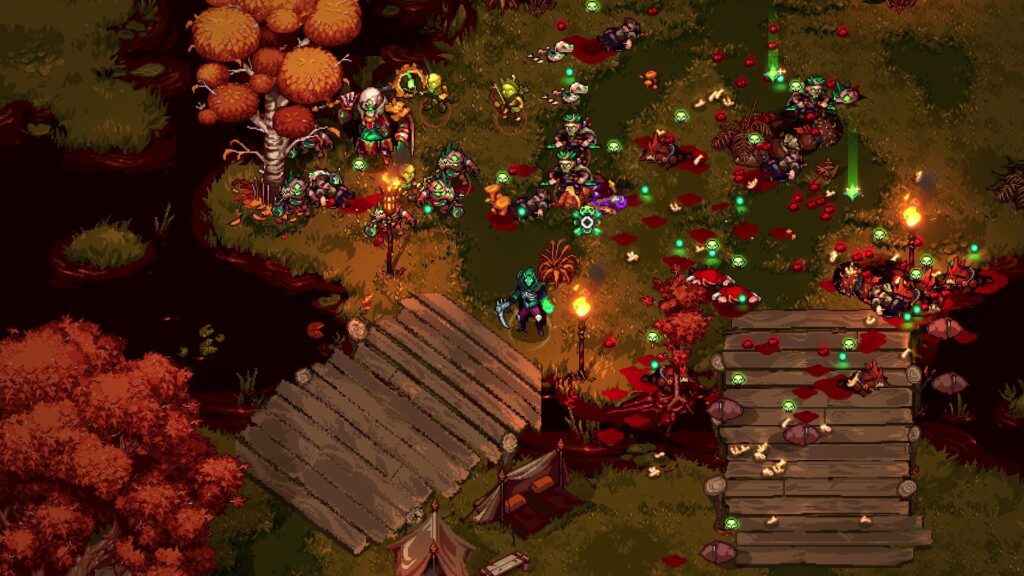Video game fashion has evolved into an art form, appreciated by gamers and fashion enthusiasts alike. In the 90s, as technology improved, video game characters started sporting trendier and more unique outfits. With the rise of gaming culture in the 2000s came new ways of customization for character development. Today, video game fashion is a legitimate art form, with designers collaborating with gaming franchises to create couture collections. In the future, advancements in virtual and augmented reality technology will allow for greater levels of customization and personalization in video game fashion.
The Evolution of Video Game Fashion: From Pixelated to High Fashion
Video game fashion has come a long way since the early days of pixellated graphics and limited color palettes. The games industry has always been one for innovation, and as technology has improved, so has the way we dress our beloved video game characters. From the bright spandex of superheroes to the detailed couture of high fashion, video game fashion has evolved into an art form that is appreciated by gamers and fashion enthusiasts alike.
Early Days of Video Game Fashion
In the early days of video games, fashion was a secondary concern. Graphics were often limited due to technology constraints, and characters were designed to fit their game world rather than to make a fashion statement. However, some memorable fashion moments did emerge from this era, such as the iconic red overalls of Super Mario and the blue armor of Master Chief from Halo.
The 90s: A Time of Fashion-forward Gaming
As technology improved in the 90s, video game fashion started to become more detailed and varied. Games such as Tomb Raider and Final Fantasy VII featured characters with more intricate and unique outfits. Lara Croft’s tank top and shorts ensemble became an instant gaming fashion icon, while Final Fantasy VII’s Cloud Strife became synonymous with his iconic spiky hair and oversized sword.
The 2000s: The Rise of Gaming Culture
The 2000s saw the rise of gaming culture, with gaming becoming a mainstream hobby rather than a niche interest. Games such as World of Warcraft and Halo 2 brought in massive fan bases and introduced new levels of customization to character design. Players could now choose their character’s armor, weapons, and even hairstyles, allowing for more personalized fashion choices. The launch of social gaming sites also allowed players to share and compare their character’s outfits.
Today: Video Game Fashion as High Art
As video game technology reaches new heights, so too does the potential for video game fashion. In recent years, video game fashion has established itself as a legitimate art form, with designers such as Louis Vuitton collaborating with video game franchises to create couture collections inspired by popular characters. Designers such as Alexander McQueen and Karl Lagerfeld have also drawn inspiration from video games for their collections, with Lagerfeld creating the Chanel-branded video game “Reincarnation.”
The Future: The Intersection of Fashion and Gaming
The future of video game fashion is exciting, with new developments in virtual and augmented reality technology allowing for even greater levels of customization and personalization. As more designers and brands embrace video game culture, we can expect to see even more collaborations and collections inspired by our favorite games and characters.
Video game fashion has come a long way from its pixelated beginnings, and it’s clear that it will continue to evolve and inspire in the years to come. Whether it’s Lara Croft’s iconic tank top, Master Chief’s blue armor, or couture collections inspired by popular games, video game fashion has firmly established itself as a cultural phenomenon and a legitimate art form.
